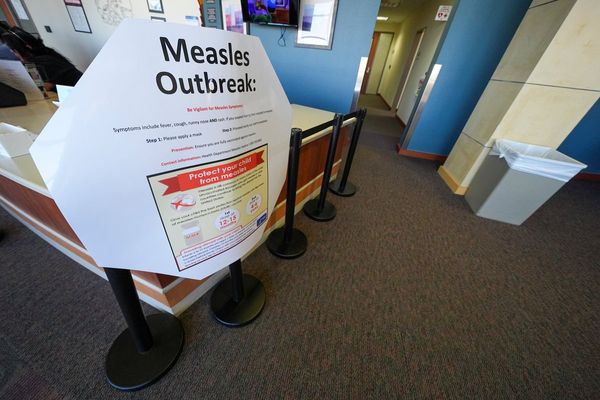
An investigation into the deadliest air disaster on South Korean soil has found duck remains in both engines, according to a preliminary report, suggesting the passenger jet hit birds before slamming down on the runway.
While officials have not yet determined the cause of last month’s Jeju Air crash that killed all but two of the 181 people onboard, the report released on Monday said feathers and bird bloodstains were found inside the Boeing 737-800’s engines.
“The samples were sent to specialised organisations for DNA analysis and a domestic organisation identified them as belonging to Baikal teals,” said the report from South Korea’s Aviation and Railway Accident Investigation Board.
Baikal teals are a type of migratory duck that fly to South Korea for winter in large numbers.
The pilots made an emergency call while attempting to land and warned of a bird strike. Air crashes are usually caused by several factors and bird strikes are relatively common.
The six-page report did not go beyond factual details and several questions remain, such as why the jet abandoned its first landing attempt and then turned around to land on the same runway in the opposite direction – a rare manoeuvre as pilots prefer to land into the wind, which helps with stability and braking.
The jet touched down late on the runway at high speed with no landing gear deployed and no apparent use of the wing flaps, which are lowered for landing. After sliding down the runway, the plane hit a dirt and concrete embankment built to house navigation equipment and burst into flames.
Investigators have been stymied by a lack of usable data from the black box recorders, which stopped recording about four minutes before the airliner exploded. Previously, this has occurred when there was an onboard electrical failure.
South Korean authorities will be under pressure to avoid a repeat of the aftermath of the Sewol ferry disaster in April 2014 in which more than 300 people died, mostly high school students. Many relatives of the victims complained that it took authorities too long to identify the dead and to establish the cause of the sinking.
Under global aviation guidelines, a final report is expected within a year.
Reuters and the Associated Press contributed to this report







